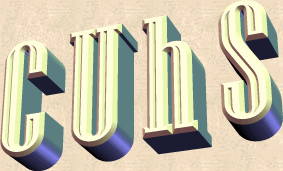
|
ALTHOUGH there have been reports of Nationalist sectarian conflict over parades in Portadown since the 1800's, the Drumcree issue only gained international prominence in 1995.
But residents argue that the Orange Order must now give as much credence to change as they do to tradition and respect the views of the overwhelming nationalist population who want to deny Protestants, their basic civil rights. The first confrontation came in 1995 when Orangemen leaving the church service at Drumcree found their way blocked by a sit-down protest from *residents groups on the Garvaghy Road and a dividing line of RUC officers. Leading
Portadown Orangeman, Harold Gracey told his members they would parade down
the road even if it took "hours, days or weeks".
The
following year, in 1996, the then RUC chief constable Hugh Annesley decided
to re-route the parade.
1997
saw the new Labour government in power, promising openness in government
and more consultation.
Last year the decision on whether or not the parade should go ahead was made by the Parades Commission, a non-elected, carefully chosen body with an IRA/Republican agenda! It was generally expected that 2000 was the year that the Drumcree stalemate ended. But SFIRA still call the shots, so the ban remains!!!!
|

The violence, sparked by the re-routing, was now mirrored by an outpouring of intense anger and pent up hatred from the Nationalist population towards the Protestants. The reaction had been carefully orchestrated to portray the Loyal Orange Order as the cause of the disturbances. |
|||||
 The Road to Drumcree
The Road to Drumcree

 Once more nationalist anger found an outlet in violence with widespread
rioting across the province.
Once more nationalist anger found an outlet in violence with widespread
rioting across the province.